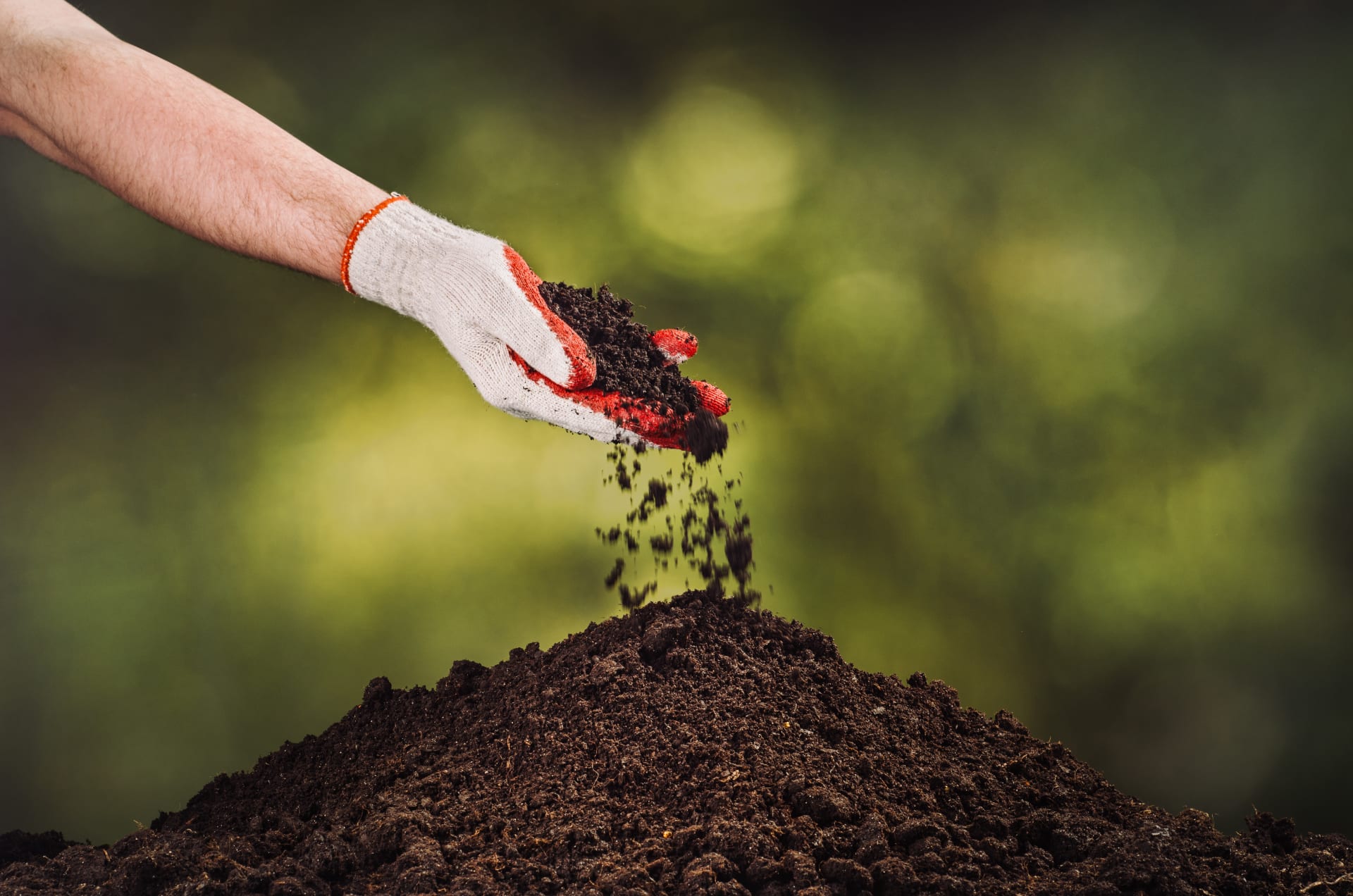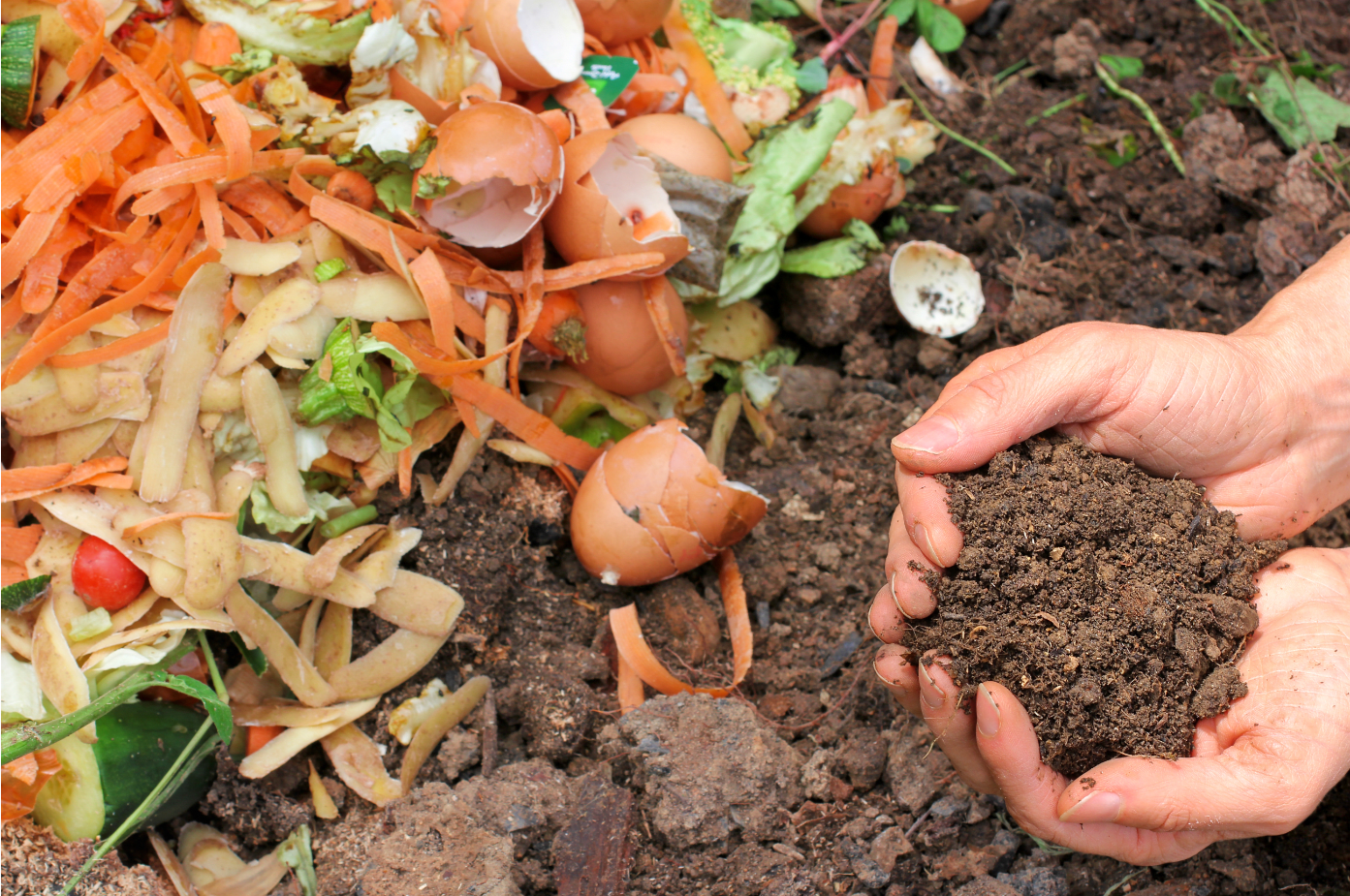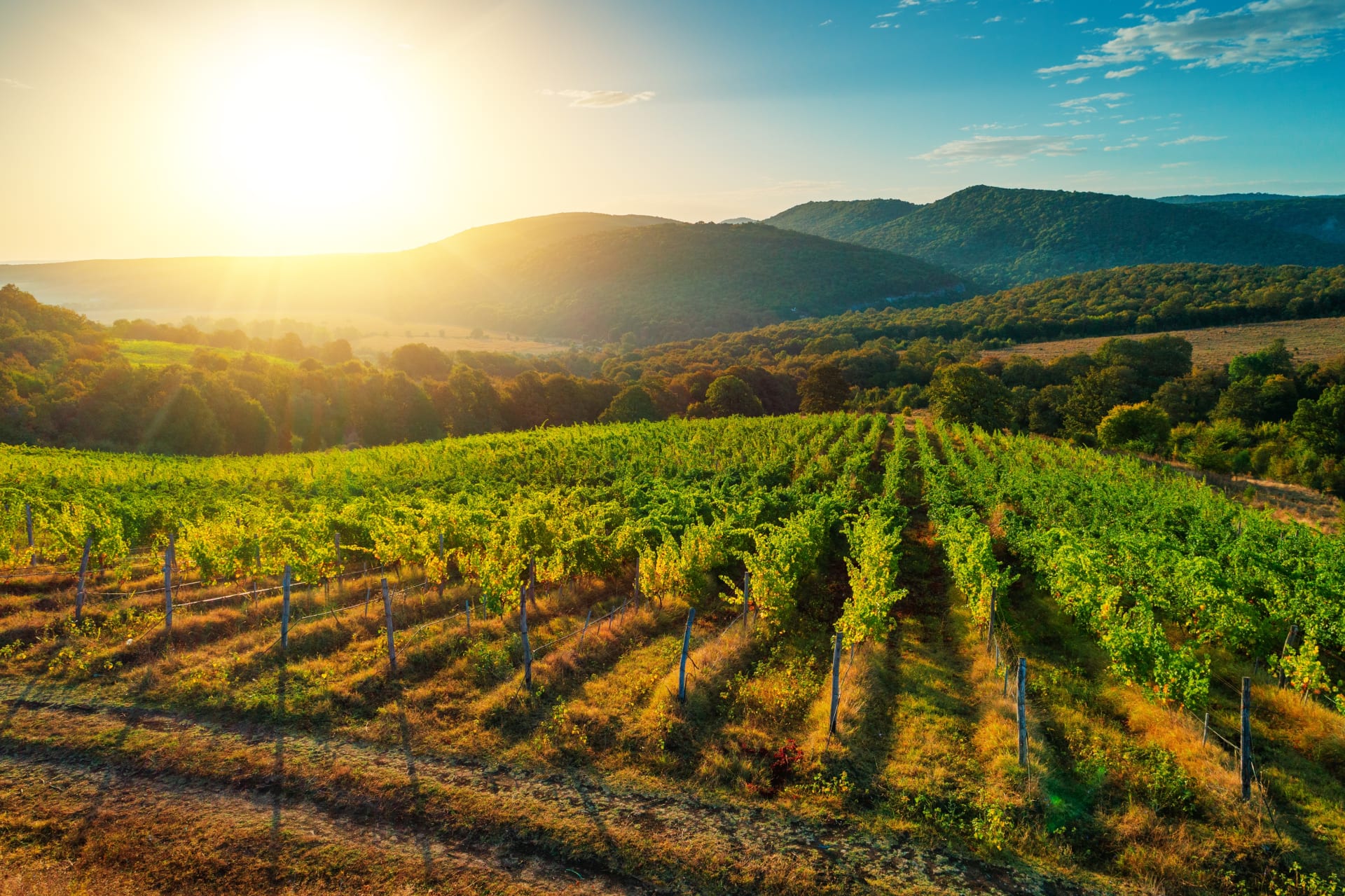If you can get the conditions of the topsoil in your garden or allotment right, there is every chance that plants, trees, and vegetables you grow will thrive. However, do you really know what type of soil you are working with? You may even find it changes from one section of the garden or allotment to another and if you have a new build, you may have soil imported by the developer.
So, let’s talk about the six main types of topsoil that you may have to deal with and how you can identify what soil is in your garden or allotment.
Although sandy soil warms up fast in spring and is easy to work, it does not hold moisture or retain nutrients as they can be washed away during periods of heavy rain. Unattended, it can become very dry and light. When a small amount of moist soil is rubbed between your fingers to form a ball, the grains are gritty and will not stick together.
Chalk soil is moderately fertile mainly due to the numerous stones it contains. Like sandy soil, it is free draining and will often overlay limestone or chalk bedrock. Its alkaline nature, however, can lead to stunted growth and yellowish leaves in many plants if suitable fertilisers are not added.
Silty soil – which feels soft and soapy – is reasonably moisture-retentive and fertile as it is rich in nutrients, but it does compact easily when walked on. When rubbed between your fingers, the silty loam may show finger imprints when pressed.
Clay soil feels sticky and lumpy when wet; it compacts easily and goes rock hard when it dries out. Due to lack of air space between soil granules, it has poor drainage and is slow to warm up in spring, making it heavy and hard work to cultivate. It is however rich in nutrients. Depending on the amount of clay contained in your soil, a loamy clay soil holds together well and can be rolled into a cylinder shape. Heavy clay can be rolled more thinly and will feel very sticky and heavy.
Loamy soil, made up of an even mix of sand, silt, and clay, has a fine texture, and feels slightly damp. With its good structure, loam soil has good drainage but also retains moisture and is full of nutrients. Whilst it warms up quickly in spring, it does not dry out too quickly as the temperatures rise and it is therefore easily cultivated.
Peat soil is dark and feels spongy and damp due to the high peat content. Although this acidic soil heats up quickly in spring, it can hold a lot of water often requiring drainage channels to be dug. If you need to reduce the soil’s acidity, the addition of lime and glacial rock dust will help raise the soil’s pH level.
Sometimes you can gauge your soil’s pH type by what is growing in it. Rhododendrons, Gorse, and summer flowering Callunas (heathers) will indicate your soil is acidic. Beech (Fagus) and Ash (Fraxinus) like alkaline soils. Where you find numerous nettles and dock leaves growing indicates a rich, fertile soil rich in phosphorous.
Whatever your garden or allotment’s soil type, there is something that they all have in common and that is the addition of well-rotted organic material will enhance them and make them more fertile. You can make your own garden compost from garden and household kitchen waste adding shredded or torn up newspaper and eggshells. Made properly, the finished product is a rich, dark, crumbly, and sweet-smelling addition to your garden soil.
You can also collect the leaf fall in the autumn. If you use your mower or leaf vacuum to collect the fallen leaves, put the torn leaves into large black plastic bin bags. Tie them and poke a few holes in the bottom. Store them over winter in an unused part of the garden – by early next summer you will have leaf mould which can be incorporated in the soil or used as a mulch.
Finally, the addition of well-rotted farmyard manure is a must. It can be the gardener’s salvation, particularly if you have heavy clay soil or poor free-draining sandy soil. Not only does it help improve the soil’s structure, but it helps retain moisture. Dig it in or use as a mulch in the autumn and let the earth worms incorporate it over winter. You can also add some sharp sand or grit to help break up heavy clay soils to improve its drainage.
Whilst the addition of spent mushroom compost can aid the soil’s structure, it is very alkaline in nature and can alter the soil’s pH value.
If you’re interested in making your own compost this year, take a look at our article ‘How to create home-made garden compost’








